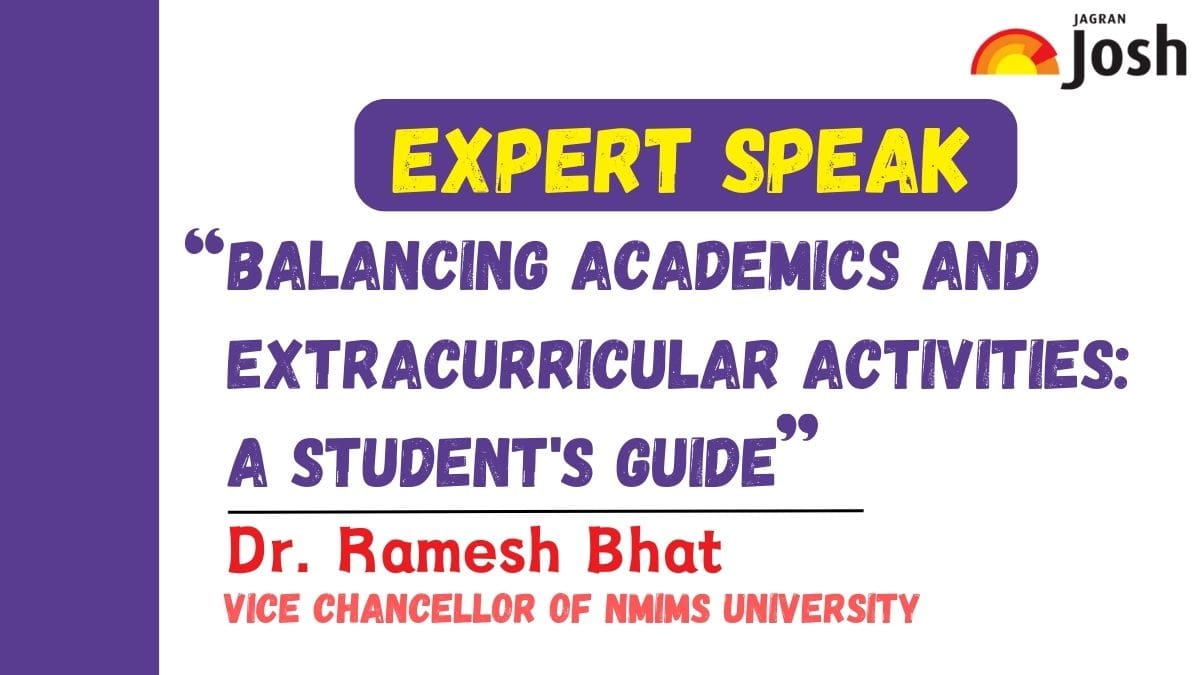451 Vacancies to be Filled, Notification Expected Soon
[ad_1] CISF Driver Recruitment 2023: Central Industrial Security Force will hire 451 Constables/Driver & Constables/Driver-Cum-Pump-Operator.…
[ad_1]

If there is one dilemma that most students face, it is how to manage their studies and extracurricular activities. Out-of-Class Academic Collaboration (OCAC) helps strike a balance between these two aspects.
So, what is OCAC, and more importantly, how does this help students maintain a balance between studies and extracurricular activities? To put it simply, OCAC is about how students engage with each other collaboratively to learn outside of a traditional classroom setting. This means that students have an opportunity and a platform where they can engage in a participatory discussion and brainstorm together to discuss academic course material and understand concepts when they are not in class. These discussions amongst peers in an informal set-up result in a deeper understanding of the subject matter.
It is obvious then that OCAC not only allows students to have a unique learning experience but also promotes active engagement and critical thinking. This is something that will not just help students enjoy their studies but will also augur well in the future in their professional careers.
While education is usually perceived as a one-sided knowledge transfer from the teacher, OCAC gives ownership of education to the students and gives them a sense of responsibility and autonomy. This kind of productive and efficient academic collaboration will also give students more time that can be used for other activities that may not be directly linked to studying.
Moreover, considering learning is a multifaceted process, OCAC impacts the academic journey positively. It helps students develop essential skills such as teamwork, communication, and problem-solving. In a group setting, students are also more focused and relaxed as they discuss together and explore different learning paths.
We have taken some constructive steps at our School of Performing Arts, and one of them is ‘Brahma Muhrat Riyaz’ (early morning practice), which is very important in music education. As per this initiative, every student wakes up early morning and updates the WhatsApp group about when they have started their practice. Even the faculty and the Dean join in this to encourage the students. This collaborative effort has brought about great changes in students by inculcating in them a sense of discipline and leading a healthy life. According to me, Brahma Muhrat Riyaz is the best example of OCAC strengthening learning, particularly in a program where skills play an important role. Another OCAC approach the School of Performing Arts has started is the “Guided Listening Sessions” to focus on learning the intricacies of music rendering. It is important in a field where there is a dearth of documentation for such learnings.
Student-initiated OCAC is a great option as it involves senior students helping junior students, and cross-class tutoring has enriched the student experience. We have used OCAC effectively and in an engaging manner. For example, in any course, with the professor’s help, students can develop goals for effective collaborations, and specific learning outcomes can be achieved.
Once the professors put this structure in place, they can also monitor how OCAC is working. The campus also plays an important role in its implementation. In our Hyderabad campus, the senior students in the MBA program have successfully helped first-year students in quantitative techniques and financial accounting. On the Bengaluru campus, the professors have designated office hours where they clarify some concepts and guide students to understand subjects better.
Every school must have a framework to encourage students to create an environment of informal learning and encourage group projects. They must also create a structured agenda in which assigning roles within the group can be a completely student-initiated activity where they can meet informally to discuss a project. Students can also team up electronically, using digital tools to collaborate remotely. Shared documents and online studies also help with learning in a fun way. Educators play a major role in facilitating OCAC among students.
A comprehensive OCAC strategy must be actively pursued at the institution and curriculum development levels. Educational institutions should create a supportive environment that helps to sensitize key stakeholders.
Internal continuous assessment that carries a weightage of 50 per cent has helped students learn effectively. This is always something that academia aspires to, and creating an environment that fosters this is what will benefit students when it comes to both academic and personal growth.
[ad_2]
Source link